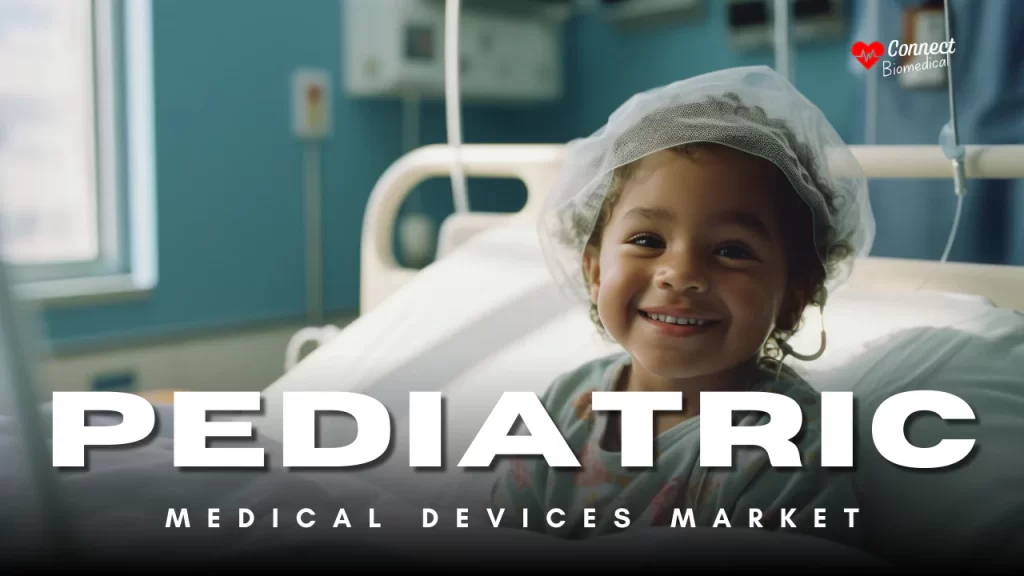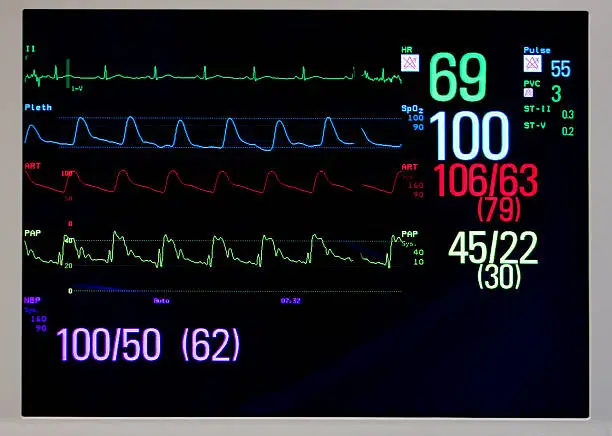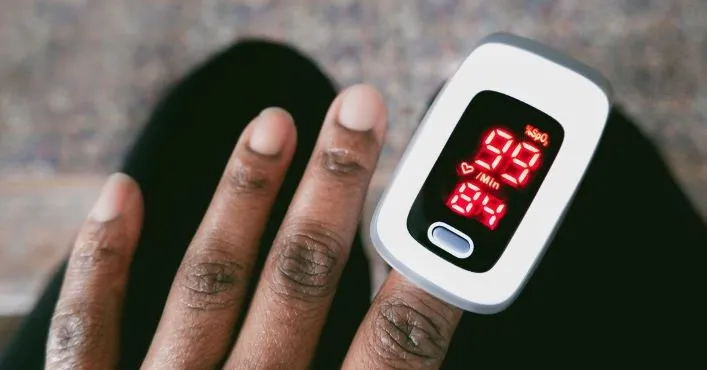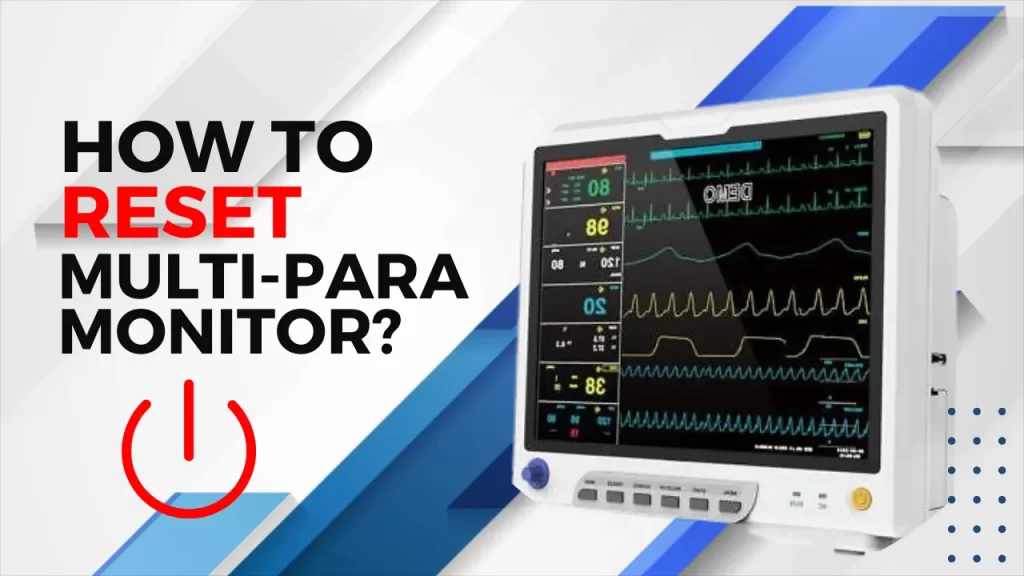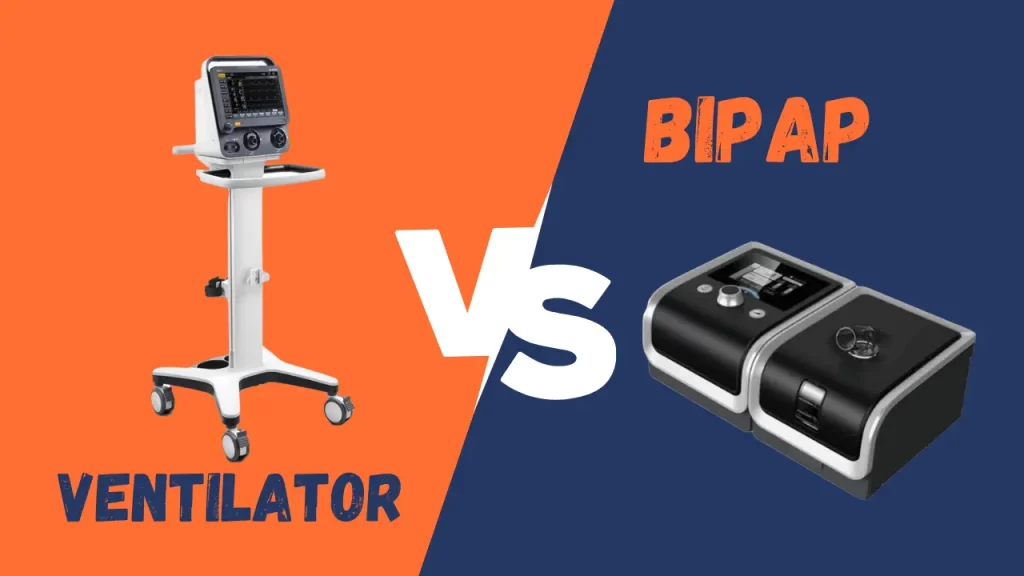The Pediatric Medical Devices Market plays a vital role in healthcare meeting the specific medical requirements of kids, from newborns to teens. Young patients need custom devices suited to their smaller bodies growing structures, and special body functions. The need for these tools grows due to more long-term illnesses in children new tech advances, and greater attention to finding and treating health issues in kids on.
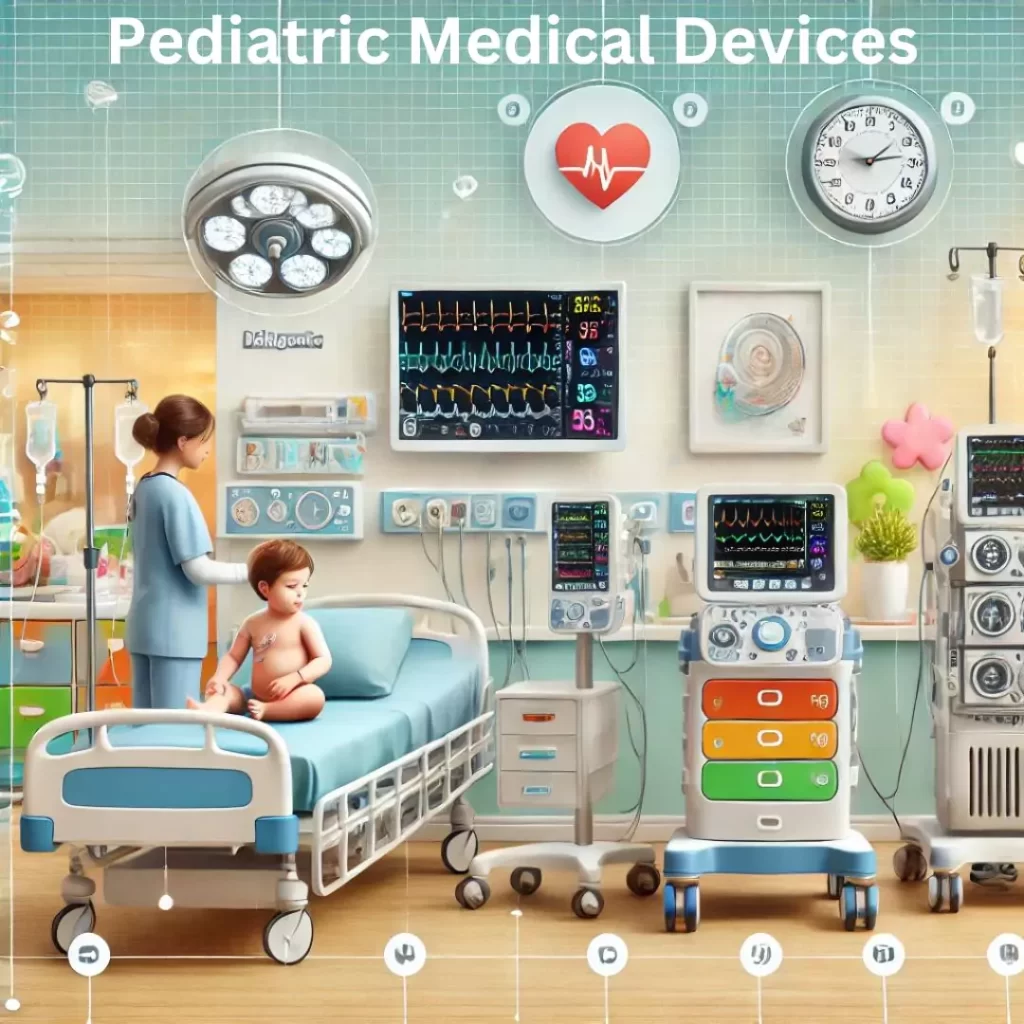
Pediatric Medical Devices Market is estimated to grow at a CAGR of 6.3% from 2023 to 2031 and reach US$ 47.4 Billion by the end of 2031.
Analyst View on Pediatric Medical Devices
The pediatric medical devices market is fueled owing to the rise in the establishment of pediatric health technology networks such as NIHR HRC in Pediatrics and Child Health, AAP (Artificial Intelligence in Pediatric and Health Care), and others to support multi-professional stakeholder collaborations involving children and their families. This will further result in the accelerating the development, and spread of new medical devices for pediatrics, providing a scalable offering to the commercial sector.
Moreover, the robustly expanding pediatric healthcare market, as well as the advancements in digital healthcare and data-analytics, this provides market opportunity to collect large volumes of meaningful national and international data to provide clarity about childhood growth, development, and disease in environments that will exceed traditional healthcare margins as the opportunities for self-management and technology-driven home-based therapies increases.
Furthermore, surge in the technological advancements such as 3D viewer by the top pediatric health care systems, which would further fuel the upcoming forecast period. For instance, on July 1, 2024, Rady Children’s Hospital-San Diego, one of the nation’s top pediatric health care systems, announced the availability of Arc Viewer, a new no-cost 3D model viewing software.
The product is built in-house at the hospital’s Helen and Will Webster Foundation 3D Innovations Lab. The product allows clinicians at any hospital to easily interact with virtual 3D reconstructions of patient anatomy. Arc Viewer is built with Unity, the world’s leading platform of tools for creators to build and grow real-time games, apps, and experiences across multiple platforms.
Pediatric Medical Devices Market Drivers
More Long-term Illnesses in Children
Ongoing health problems like breathing troubles, sugar issues, heart defects from birth, and brain-related conditions are showing up more often in kids around the world. This increase highlights the need to create new working medical tools for kids that can spot and treat these health issues and well.
Progress in Technology
Groundbreaking tech like tiny devices wireless connections, and smart tracking systems have sparked a revolution in top-notch pediatric medical tools. These steps forward allow doctors to diagnose , treat with less invasion, and see better results in newborn and child emergency care units.
Support from the Government and Rules Makers
The FDA in the US is pushing hard to get more devices made just for kids. They’ve got this thing called the PDC grant program, which is all about tossing money and help toward making medical stuff for little ones both safe and cool to use.
Rising awareness and Healthcare Expenditure
So more Parents and the people who keep us healthy are getting the lowdown on diseases that hit kids, right? And with more cash being dropped on health all over the place, it’s making things ripe for the kiddie device business to bloom.
The Tough Parts (Challenges)
Despite its growth potential, the pediatric medical devices market faces several challenges:
• High cost of development and approval: You gotta dig deep and do heaps of tests to make gear for the munchkins, which means you’re talking big dollars and a lot of waiting around.
• Smaller Customer Base– Kids gadgets have fewer users than those for adults, so companies might not want to invest money on them.
• Tough Safety Rules– Stringent Safety Standards and additional testing requirements to ensure devices are appropriate for children can slow market entry.
What’s Next
- Personalized Medicine and Device Kids’ healthcare is getting a boost with custom meds. They’re crafting special tools just for kids, and it’s making treatments work better and kids bounce back faster.
- Wearable Devices and Remote Monitoring Thanks to some rad wearable tech that talks to doctors online and hooks up to the web, kids can be checked on without always having to go to the hospital.
- Focus on Minimally Invasive Procedures They’re making surgery tools and sick-finding gizmos that are super small now but just right for kids. This means less ouch and quicker high-fives after surgery.
Conclusion
The market for pediatric medical devices looks set to blow up thanks to cool tech advancements more people knowing stuff, and moves by the big guys in charge. Sure, there are still headaches like wallet-crushing prices and red tape to cut through, but the shot at making kids’ health better is huge. The folks who make this gear, the docs who use it, and the policy honchos need to get their act together so that kiddos all over can get their hands on the health tools they require.

